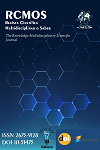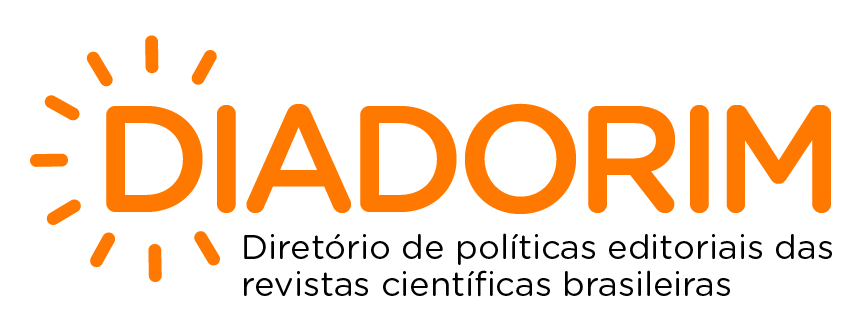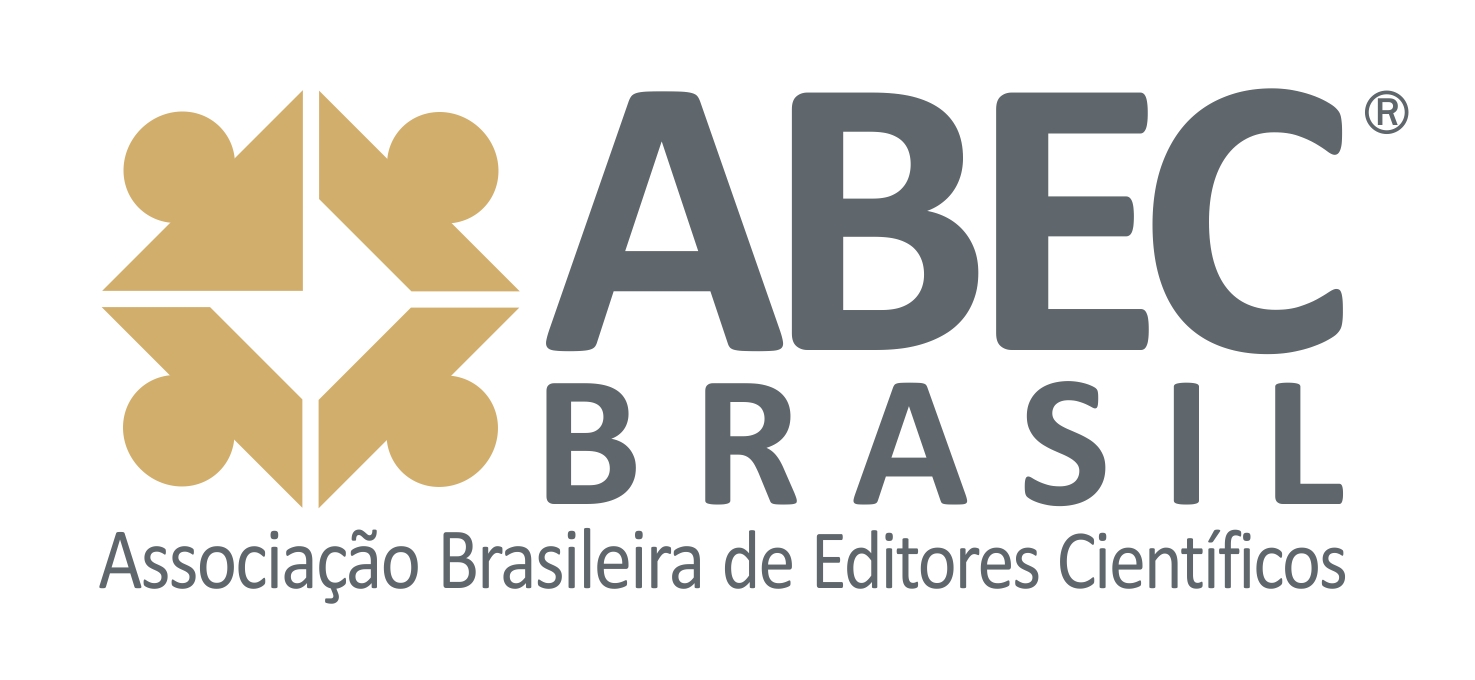Product-Indicator of Occupancy in the Minha Casa, Minha Vida Program: A Proposal for Effectiveness Analysis and Public Governance Support
Product-Indicator of Occupancy in the Minha Casa, Minha Vida Program: A Proposal for Effectiveness Analysis and Public Governance Support
DOI:
https://doi.org/10.51473/rcmos.v1i1.2025.1189Keywords:
Occupancy rate indicator; Public housing policies; PMCMV.Abstract
The “Minha Casa, Minha Vida” Program (PMCMV) is Brazil's main housing policy, responsible for significant advances in the production of housing units. However, studies show that the evaluation of its effectiveness is still predominantly based on quantitative indicators of physical production, disregarding fundamental procedural dimensions such as the permanence of beneficiaries in the dwellings. This article proposes the development of the UH3 product-indicator, which measures the rate of permanence of the original beneficiaries in the housing units three years after the keys are handed over. Based on the concepts of social indicators (Jannuzzi, 2009), multilevel governance (Viana, 2019), and institutional arrangements (Royer, 2021), UH3 aims to support the identification of territorial patterns of PMCMV's effectiveness, guiding qualitative studies to investigate the factors that influence permanence or evasion. It is recognized that UH3 is a preliminary screening tool and that its main limitation is that it does not explain the causes of permanence or evasion. It is concluded that UH3 represents a methodological advance for the evaluation of housing policies, by articulating the procedural and territorial dimension to the analysis of effectiveness, aligning with the best practices of public policy monitoring.
Downloads
References
BRASIL. Lei n. 11.977, de 7 de julho de 2009.Brasília: Planalto, 2009. Disponível em:
FIUZA LIMA, Ricardo. Avaliação sobre o Programa Minha Casa Minha Vida – Modalidade Empresas. Brasília: ENAP, 2018.
JANNUZZI, Paulo de Martino. Indicadores sociais no Brasil: conceitos, fontes de dados e aplicações. Brasília: IBGE, 2009.
NUNES, Polliana de Luna; MATOS, Camila de Sousa. Minha casa é aqui! Percepções dos beneficiários do Minha Casa Minha Vida. Conhecer: Debate entre o Público e o Privado, Aracaju, v. 10, n. 25, p. 239-259, 2020. Disponível em: https://seer.ufs.br/index.php/conhecer/article/view/15873. Acesso em: 4 jun. 2025. DOI: https://doi.org/10.32335/2238-0426.2020.10.25.3036
RELATÓRIO FINAL PMCMV. Brasília: Ministério da Economia, 2020. Disponível em: https://www.gov.br/cidadania/pt-br/acesso-a-informacao/acoes-e-programas/minha-casa-minha-vida. Acesso em: 4 jun. 2025.
ROYER, Luciana (Org.). PMCMV+10: caminhos para a política habitacional no Brasil. São Paulo: FAUUSP, 2021.
VIANA, Ricardo. Programa Minha Casa Minha Vida – Entidades e sem-tetos “não merecedores”: a atuação da burocracia federal na diminuição de resistências locais. In: PIRES, Roberto Rocha C. (Org.). Implementando desigualdades: reprodução de desigualdades na implementação de políticas públicas. Rio de Janeiro: Ipea, 2019. p. 375-396.
Downloads
Additional Files
Published
Issue
Section
Categories
License
Copyright (c) 2025 Juliana Silveira, Rian Victor (Autor)

This work is licensed under a Creative Commons Attribution 4.0 International License.












